An approach to index tuning – Part 2
SQL Performance
APRIL 13, 2020
In my last post , I started to outline the process I go through when tuning queries – specifically when I discover that I need to add a new index, or modify an existing one. His version can be used for the plan cache – the only challenge there is the information is transient, so you may not capture every query that uses a particular index.

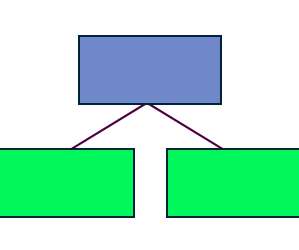
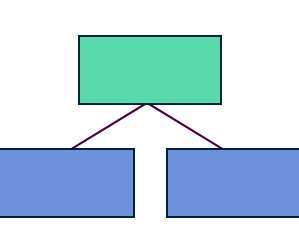
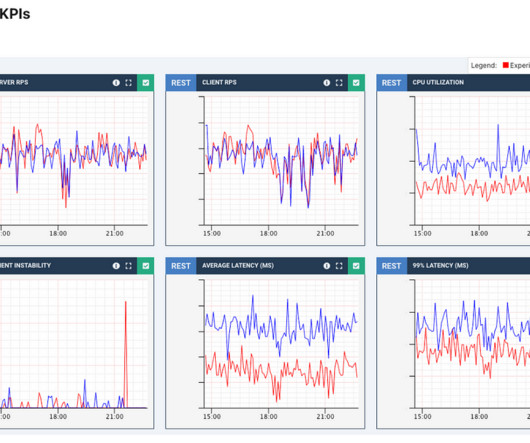
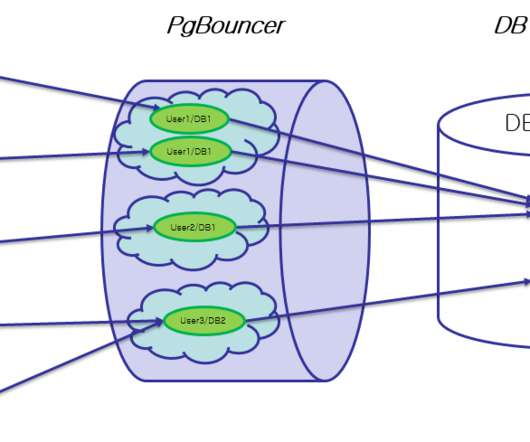
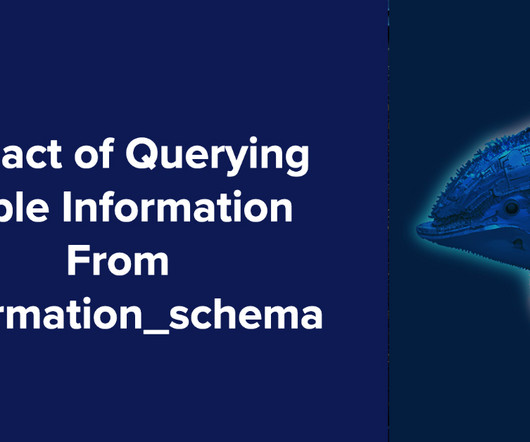
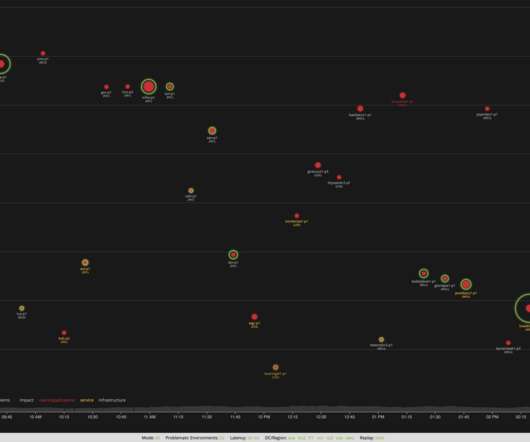
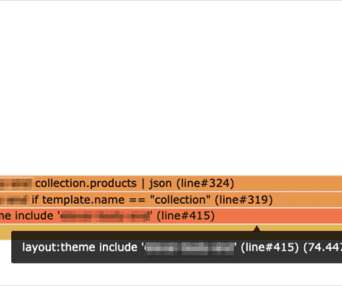
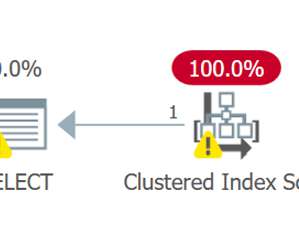
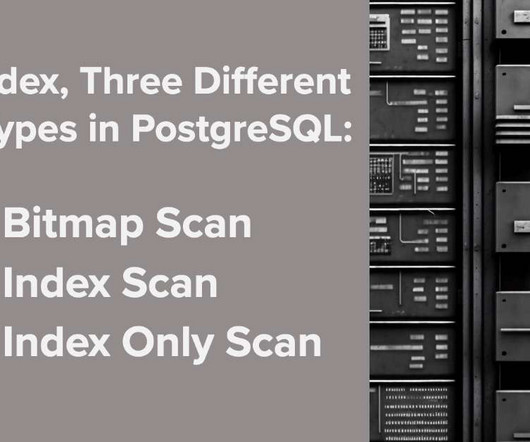

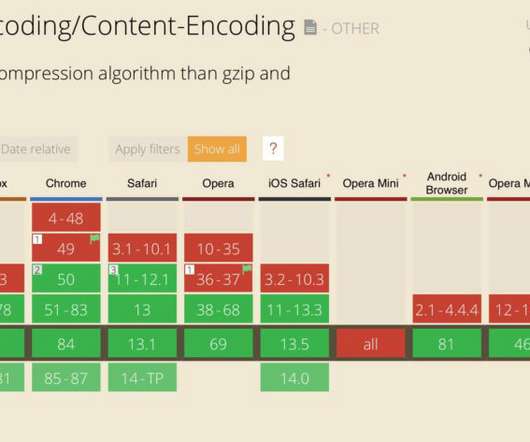













Let's personalize your content